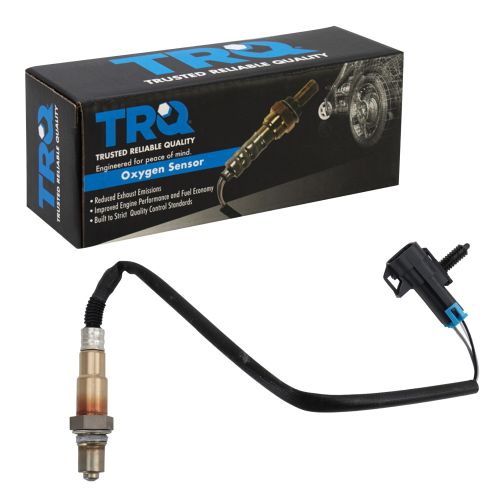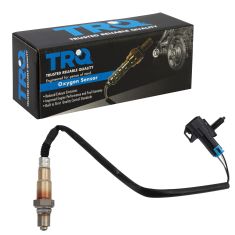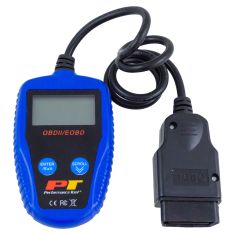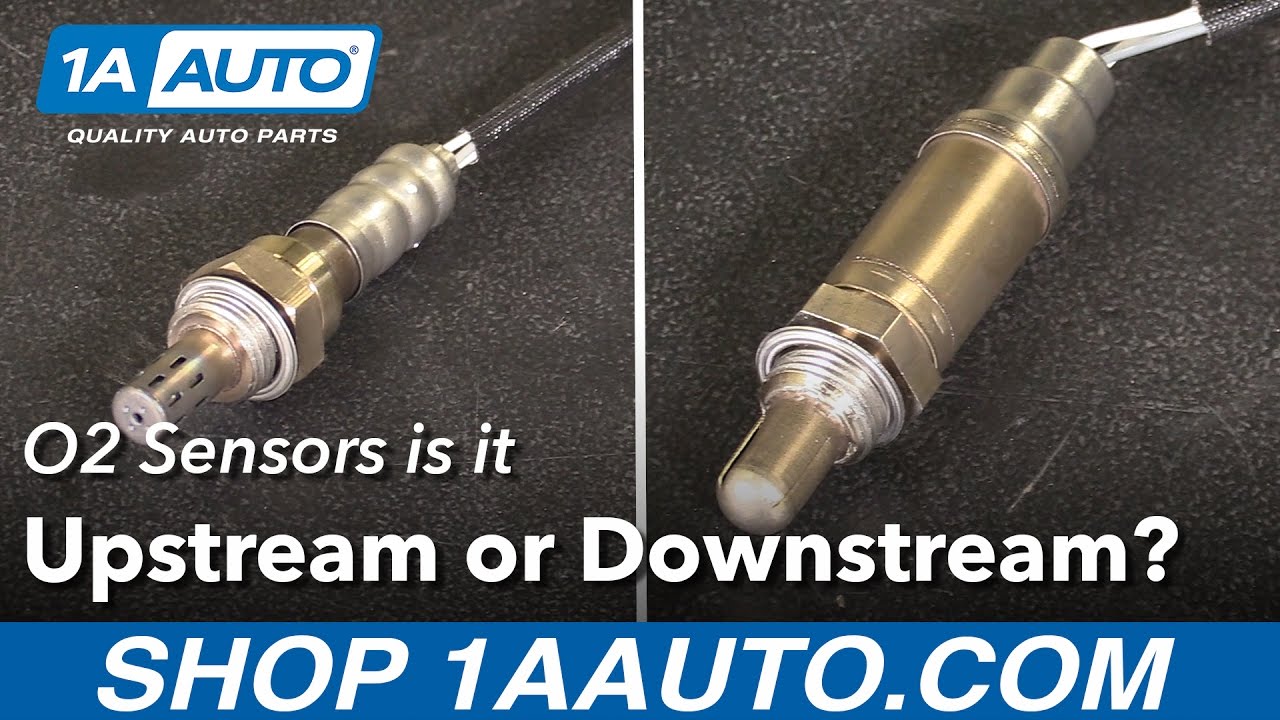1AEOS00071-O2 Oxygen Sensor TRQ OSA61214



Replaces
O2 Oxygen Sensor TRQ OSA61214


Product Reviews
Loading reviews
Customer Q&A
No questions have been asked about this item.








